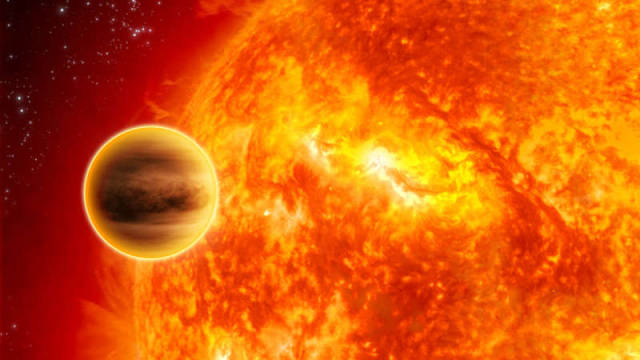The first discovery of an exoplanet, called 51 Pegasi b, orbiting a sun-like star beyond our solar system, discovered 20 years ago, on October 6.
Since that momentous discovery, thousands more exoplanets have been found in a small area of our galaxy, near our solar system.
Above: This year we celebrate the discovery of 51 Pegasi b in October, 1995. This giant planet is about half the size of Jupiter and orbits its star in about four days. ’51 Peg’ helped launch a whole new field of exploration. Image credit: NASA/JPL-Caltech
As of today, there are more than 1,800 confirmed exoplanets. More than 1,000 of these were discovered by NASA’s Kepler mission, breaking wide open the field of exoplanet science. Kepler has even identified some planets with Earth-like traits, such as Kepler-452b, a near-Earth-size planet found in the habitable zone of a sun-like star. The habitable zone is the region around a star where temperatures are just right for one of life’s essential ingredients — water — to pool on a planet’s surface.
For details about planned public events to mark the occasion, and other related stories and graphics, visit:
http://planetquest.jpl.nasa.gov/page/20-years
source jpl.nasa






Leave A Comment